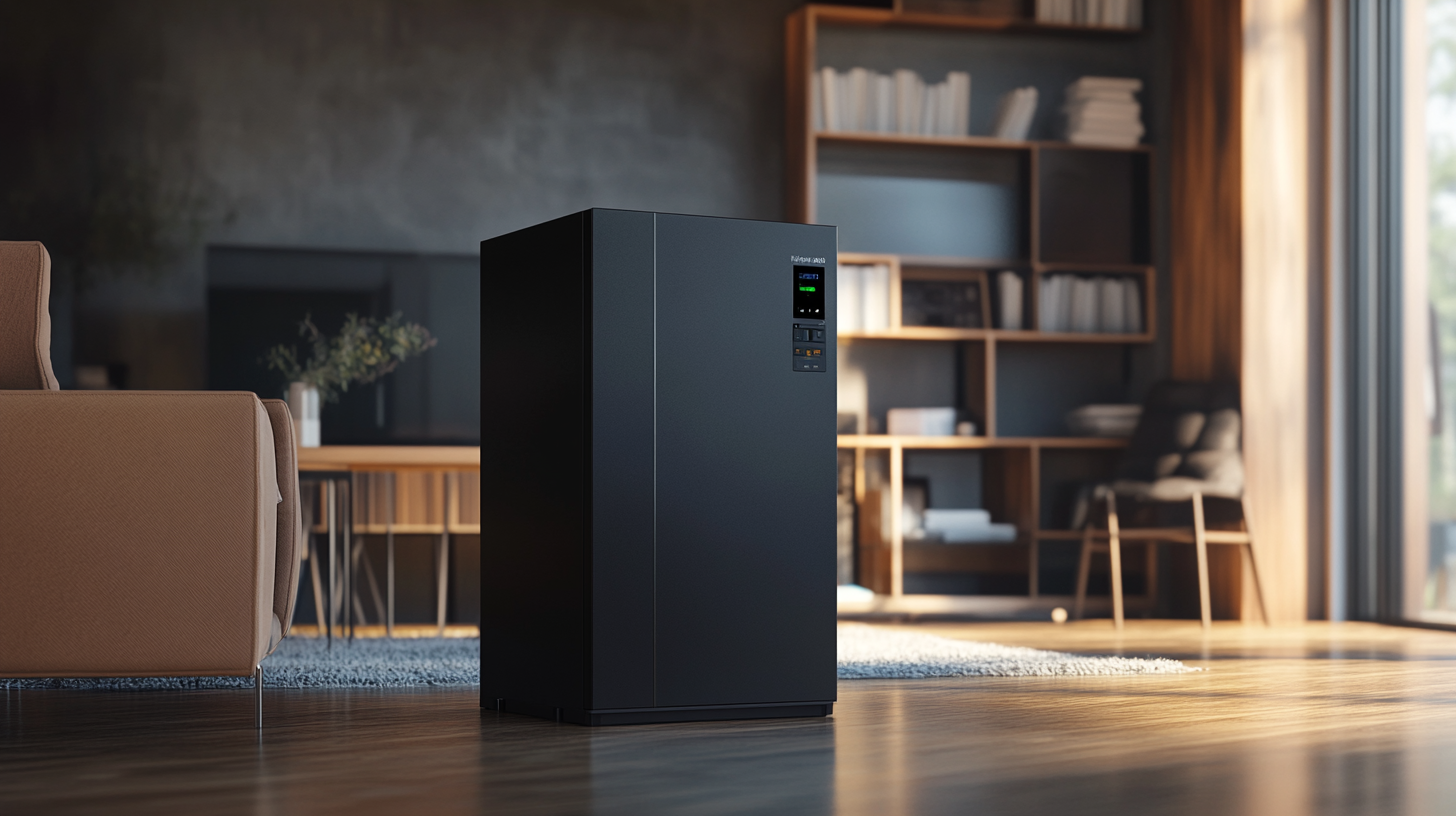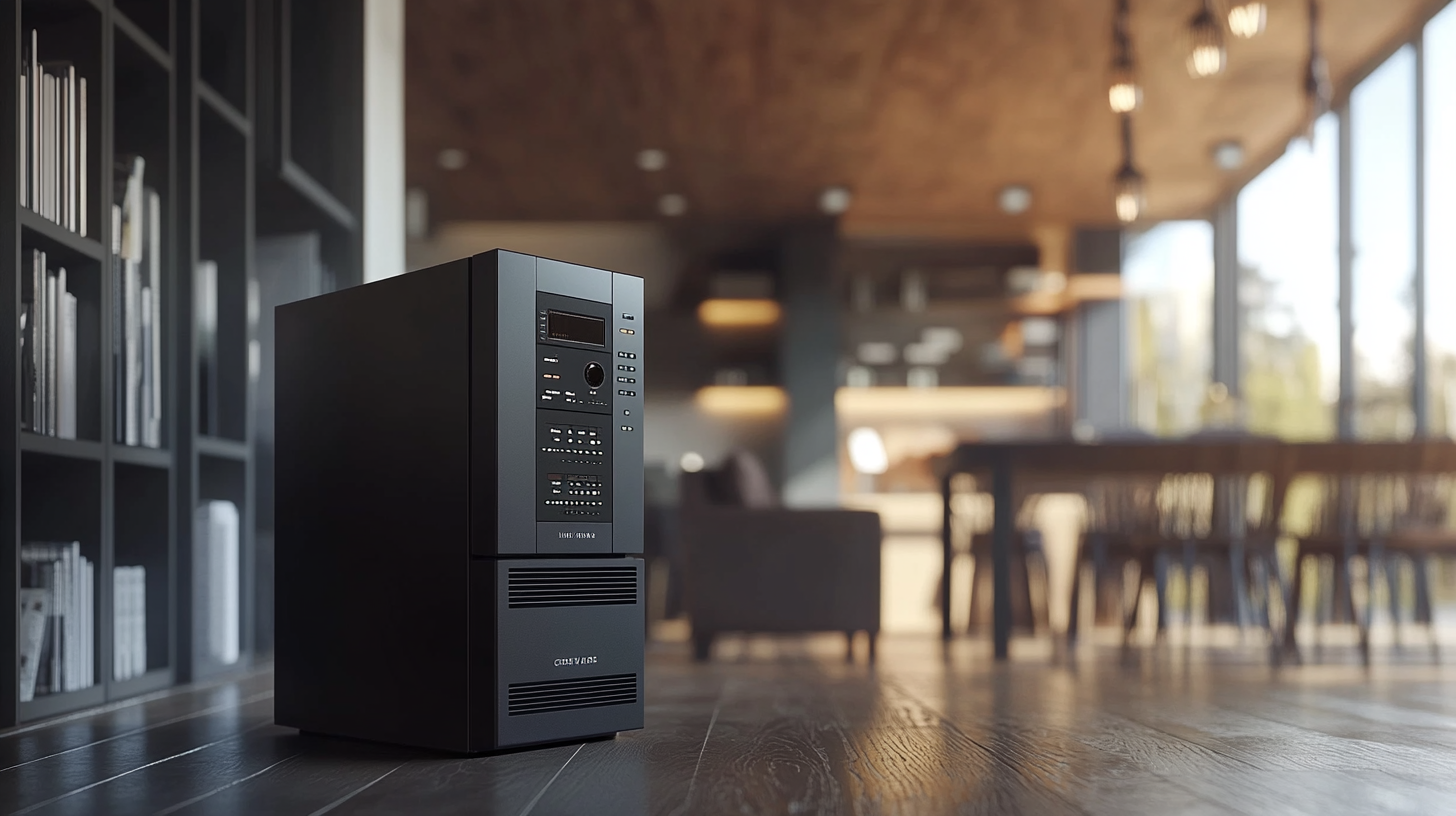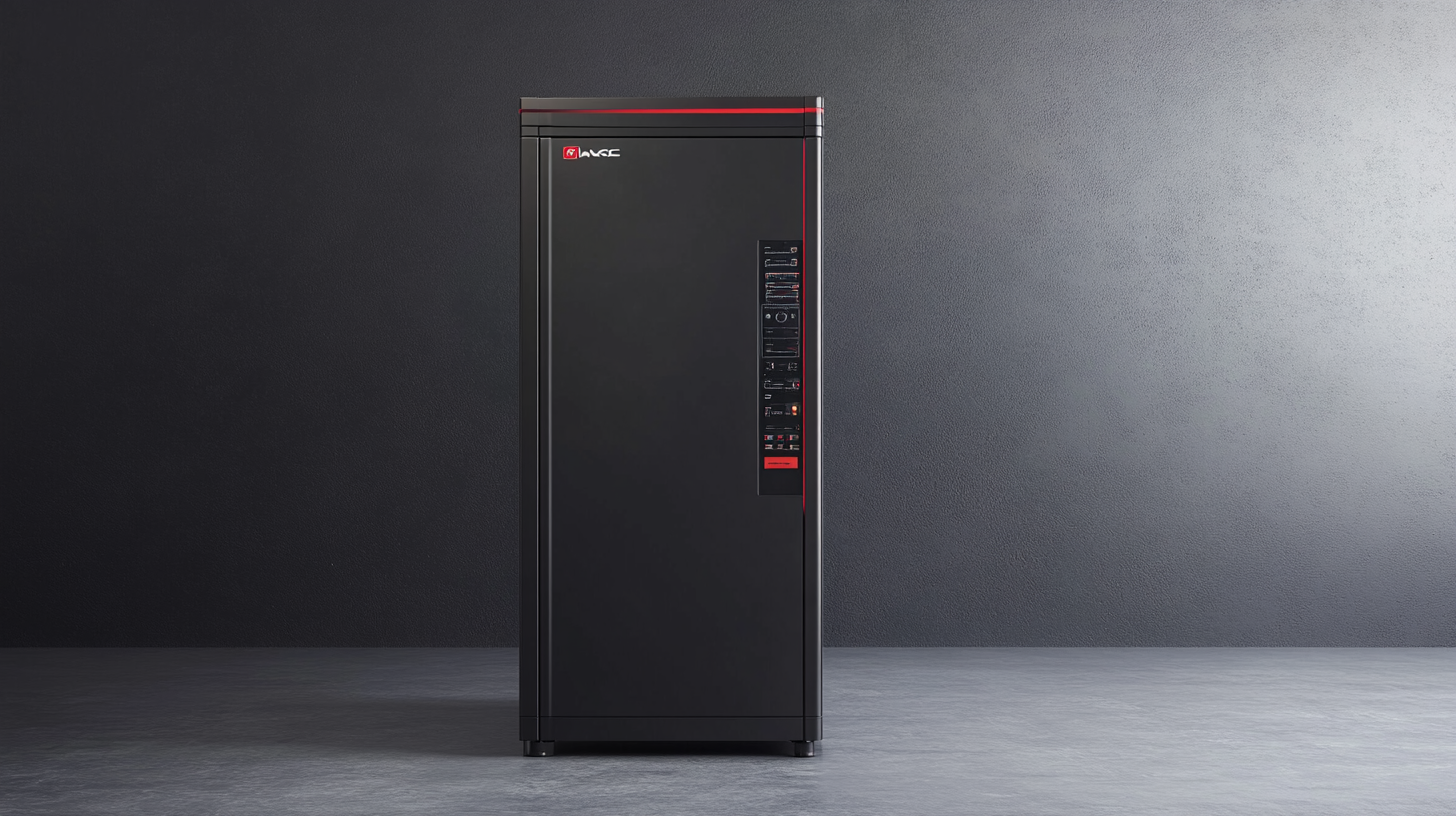Blog
Exploring the Unique Features of Ups Power Solutions and How to Choose the Right One for Your Needs
In an increasingly digital world, the reliability of power solutions has never been more critical. Uninterruptible Power Supplies (UPS Power) are an essential component for both businesses and households, ensuring that essential systems continue to operate smoothly during power outages or fluctuations. With a variety of options available, it can be daunting to navigate the myriad features and functionalities that different UPS Power systems offer. This blog aims to delve into the unique features of UPS Power solutions, helping you understand what sets them apart and how they can meet your specific needs.
When choosing the right UPS Power system for your requirements, factors such as capacity, runtime, and additional features play significant roles in making an informed decision. This exploration will guide you through the complexities of these systems, highlighting critical aspects such as surge protection, battery technology, and ease of use. Whether you are looking to protect sensitive electronic equipment at home or ensure the seamless operation of vital business systems, understanding the nuances of UPS Power will empower you to select a solution that is both effective and tailored to your needs.

Key Advantages of UPS Power Solutions for Modern Businesses
In today’s digital landscape, the importance of uninterrupted power supply (UPS) solutions for modern businesses cannot be overstated. According to a report by the International Data Corporation (IDC), approximately 80% of businesses experience downtime due to power outages, costing them an average of $1 million to $5 million per instance. This stark reality emphasizes the necessity of reliable UPS systems, which serve as a safeguard against such disruptions. One of the key advantages of UPS power solutions is their ability to provide instant power to critical systems during outages. A battery-backed UPS can bridge the gap between a power failure and the activation of a standby generator, ensuring that operations continue smoothly and data integrity is maintained. The 2021 Ponemon Institute’s study highlights that organizations with a robust UPS strategy in place reported up to 70% fewer incidents of data loss during power interruptions, illustrating the protective benefits of these systems. Furthermore, UPS solutions contribute to improved operational efficiency. They help in stabilizing voltage fluctuations and ensuring clean power, which ultimately prolongs the lifespan of sensitive equipment. A report from TechTarget indicates that 40% of IT professionals believe that improper power management significantly contributes to hardware malfunctions, leading to unexpected costs. With the implementation of UPS systems, businesses can mitigate these risks, ensuring their technology infrastructure remains operational and efficient. By investing in UPS power solutions, modern enterprises not only protect themselves from the financial implications of power-related downtime but also enhance their overall operational resilience. As the reliance on technology continues to grow, so does the need for robust power management systems tailored to meet specific business demands.

Understanding the Different Types of UPS Systems and Their Functions
When considering Uninterruptible Power Supplies (UPS), it is crucial to understand the different types available and their specific functions. UPS systems mainly fall into three categories: offline (standby), line-interactive, and online (double conversion). According to a recent report by MarketsandMarkets, the global UPS market is expected to reach $17.5 billion by 2026, with online UPS systems gaining popularity due to their reliability in providing clean power.
Offline UPS systems are the simplest type, designed to protect against short power outages and voltage fluctuations. They switch to battery power when a power failure is detected, making them ideal for personal computers and small equipment. However, for businesses that require more consistent power quality, line-interactive UPS systems are often recommended. They can adjust and stabilize voltage fluctuations, offering better protection for servers and networking equipment. Analytics from IBISWorld indicate that the line-interactive segment is projected to grow steadily as more organizations realize the importance of maintaining consistent electrical performance.
For critical infrastructures, online UPS systems are the gold standard. They provide a continuous flow of power without any transfer time, meaning they are always running on battery. This type is preferred for data centers and healthcare facilities, where power quality and availability are non-negotiable. A report by Technavio highlights that the online UPS segment is expected to witness significant growth due to increasing investments in data center infrastructure and the surge in renewable energy practices. Understanding these systems' functionalities is essential when selecting a UPS that best fits your operational requirements.

How to Assess Your Power Needs Before Choosing a UPS Solution
When considering a UPS (Uninterruptible Power Supply) solution, the first step is to accurately assess your power needs. This assessment involves evaluating both your current and future electricity demands. Start by listing all critical devices that require uninterrupted power, such as servers, networking equipment, and sensitive electronic devices. Determine the total wattage required by these devices to ensure you select a UPS that can handle the load.
Next, consider the duration of backup power needed during an outage. This involves estimating how long your equipment needs to run on battery power alone until utility service is restored or alternative power sources are arranged. For businesses, downtime may equate to lost revenue, so it’s crucial to align your UPS capabilities with operational requirements.
Another factor to explore is the output waveform of the UPS. Some devices, particularly sensitive electronics, require a pure sine wave output for optimal performance. While basic UPS models may produce a simulated sine wave, understanding the specific needs of your devices can prevent potential damage and inefficiencies. Once you’ve mapped out these aspects, you can confidently navigate the options available, ensuring you select a UPS solution tailored to your unique power requirements.

Top Considerations for Selecting the Right UPS for Your Setup
When selecting the right Uninterruptible Power Supply (UPS) for your setup, several critical factors come into play. First and foremost, you need to determine the load capacity required by your equipment. According to a report by MarketsandMarkets, the global UPS market is projected to reach $15.65 billion by 2027, indicating the growing importance of reliable power solutions in both commercial and residential sectors. Calculating the total wattage of your devices can help you choose a UPS that meets or exceeds this requirement, ensuring that your critical equipment remains operational during power disruptions.
Another consideration is the UPS type. There are three primary types—standby, line-interactive, and online. Standby UPS systems are suitable for basic needs and offer cost-effective solutions, but for sensitive equipment or environments prone to electrical noise, a line-interactive or online UPS may be more suitable. A recent study by TechNavio highlights that line-interactive UPSs have gained popularity due to their ability to correct voltage fluctuations without relying on battery power, thus extending battery life significantly.
Finally, the runtime is a key factor. Depending on your business or personal requirements, you might need a UPS that provides power for a few minutes or several hours. The same TechNavio report indicates that industries such as IT and healthcare often require longer runtimes, making it essential to align your specific needs with the UPS’s battery capacity. Additionally, consider features such as monitoring software, the number of outlets, and form factor, which can all contribute to a more tailored power management solution.
Common Mistakes to Avoid When Purchasing UPS Power Solutions
When purchasing UPS power solutions, avoiding common mistakes can save you time, money, and potential disruptions in your operations. One significant error is failing to assess your actual power needs. Many consumers overestimate or underestimate the capacity required, which can lead to either inadequate backup during an outage or excessive costs for a system that is more powerful than necessary. It's essential to conduct a thorough evaluation of the devices and systems that will need protection and calculate the wattage accordingly.
Another frequent pitfall is neglecting the consideration of runtime requirements. Customers often choose UPS systems based solely on their power ratings without understanding how long they need their equipment to operate during an outage. Different devices have varying requirements, and picking a UPS without knowing the desired runtime can result in critical systems shutting down unexpectedly. Always factor in the time you may need to safely power down equipment or transition to an alternate power source.
Additionally, overlooking the importance of future scalability is a common mistake. Many businesses expand over time, and your UPS solution should be capable of accommodating additional loads. Consider investing in modular systems or those with the potential for upgrades to avoid additional costs in the near future. This foresight ensures that your power solution remains effective and cost-efficient as your needs evolve.

